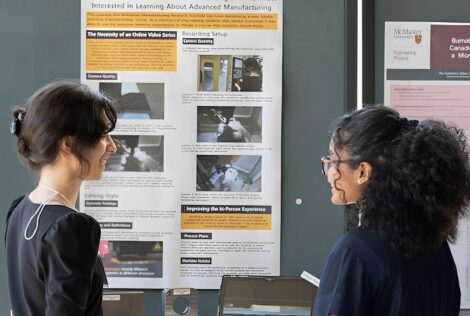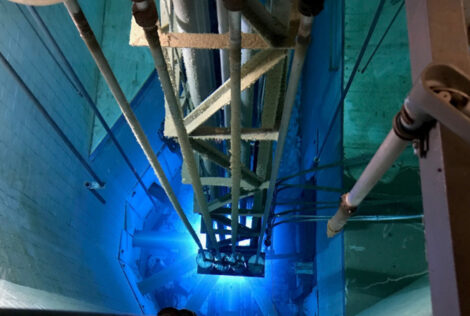
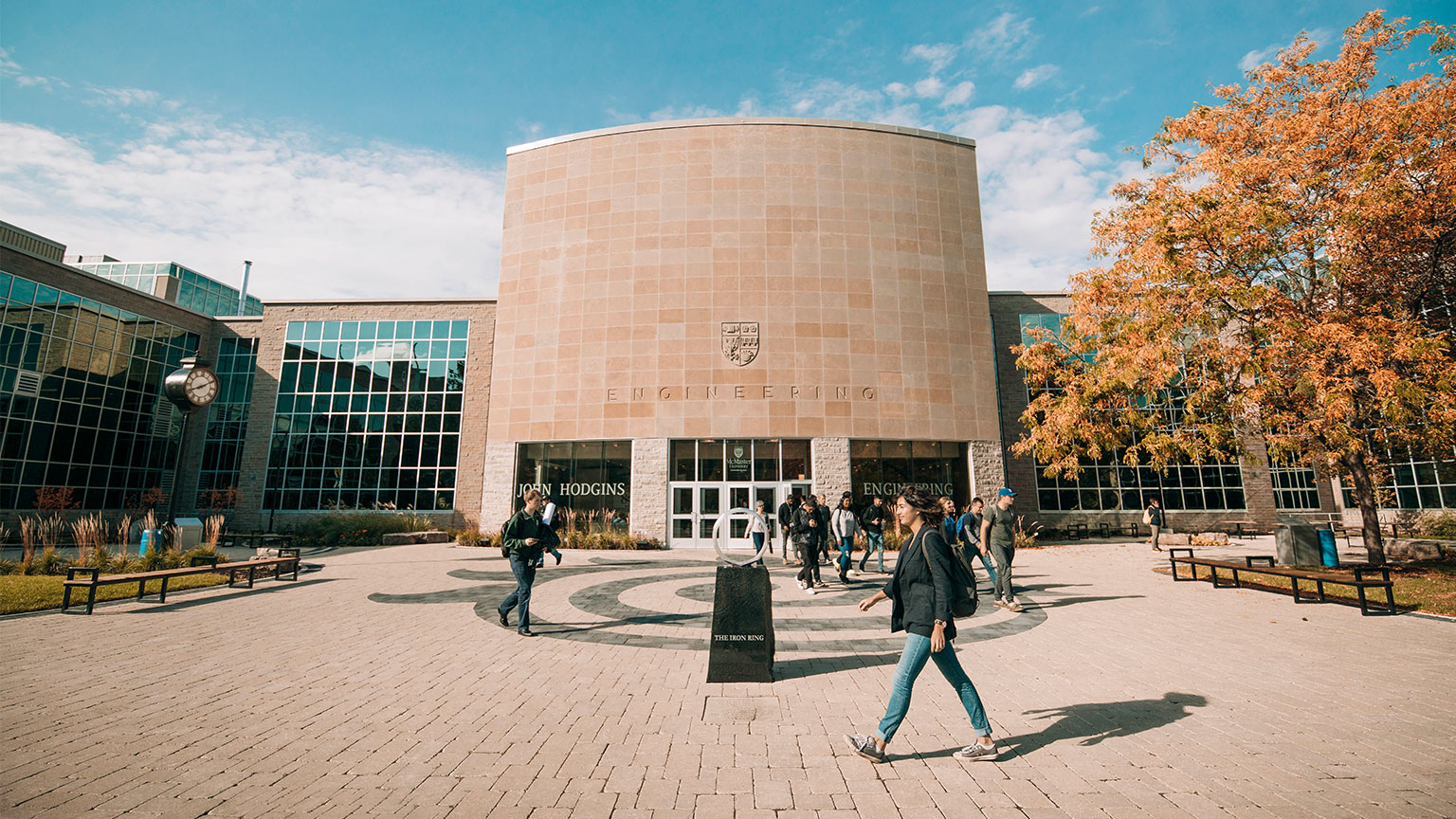
The federal government is investing in McMaster Engineering researchers, who are working on exciting new developments in materials science, civil engineering and computing and software.
McMaster researchers are receiving nearly $11 million in funding for 51 research projects through the Natural Sciences and Engineering Research Council of Canada’s (NSERC) 2022 Discovery Research Program.
Fourteen McMaster researchers, of which half were McMaster Engineering professionals, will also receive the Discovery Launch Supplement, which is awarded to early-career researchers in the first year of their grants to help them start their careers.
From social robots to improving biomedical materials, learn more about the innovative work from seven McMaster Engineering researchers:
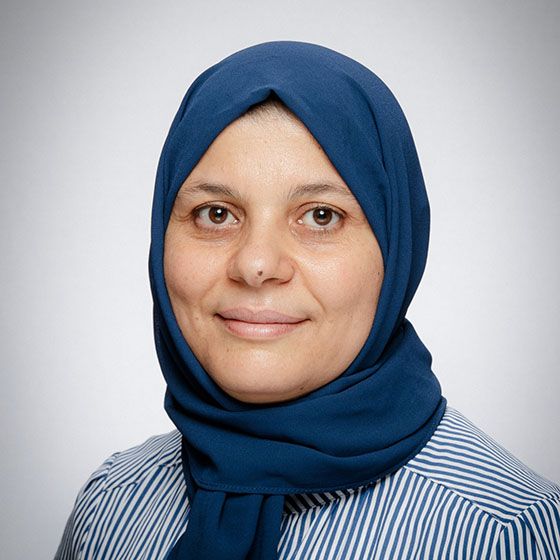
Sonia Hassini
Civil Engineering
Sustainable Stormwater Management Approach: Optimal Implementation of Low Impact Development Systems
While most-used management practices for stormwater runoff have been end-of-pipe infrastructures, which divert runoff to the nearest receiving waterbody, there has been recent uptake in Canadian cities of low-impact development technologies. These technologies, like rain gardens and green roofs, aim to manage runoff close to its source.
Since reliable observed data is scarce, there are levels of uncertainty to their long-term functionality, performance, maintenance, placement and collective impact on the large-scale watershed stormwater management.
This research will develop a framework that can assist in implementing sustainable stormwater management in Canadian urban areas under climate change and rapid urban development. The generated knowledge will also ensure the resilience and sustainability of Canadian communities under extreme rainfall events, climate change and urban growth for future generations.

Shahab Asoodeh
Computing and Software
Algorithmic Watchdog for Differential Privacy: From Theory to Practice
Powerful advances in machine learning can allow adversaries to gather personal information from an individual’s expanding footprint. Despite the widespread adoption of differential privacy (DP), there’s no standardized approach for evaluating and monitoring these technologies.
This research will create mathematical methods that precisely characterize the risks of private information leakage and reduced utility in existing DP algorithms. It will create a rigorous blueprint for scalable “algorithmic watchdogs” that monitor DP technologies for misuse and unintended harm.
In the long term, the research aims to assist data scientists in governments and corporations with the tools to guarantee meaningful and operational privacy.

Lingyang Chu
Computing and Software
Interpretations and Actions towards Trustworthy Graph Neural Networks
Graph neural networks (GNNs) have been adopted by large companies – like Google, Amazon, Facebook and Microsoft – to develop and achieve state-of-the-art performance in business applications. But most models are built and used as black boxes, which are not easily interpreted to human.
This issue makes it difficult to verify and control the behaviours of GNNs, and lays severe security problems, reduces trust from users, and prohibits mass deployment.
The research will develop trustworthy business intelligence based on reliable and consistent interpretations on GNNs. It will advance the frontier in the fast-growing area of trustworthy big data analytics.
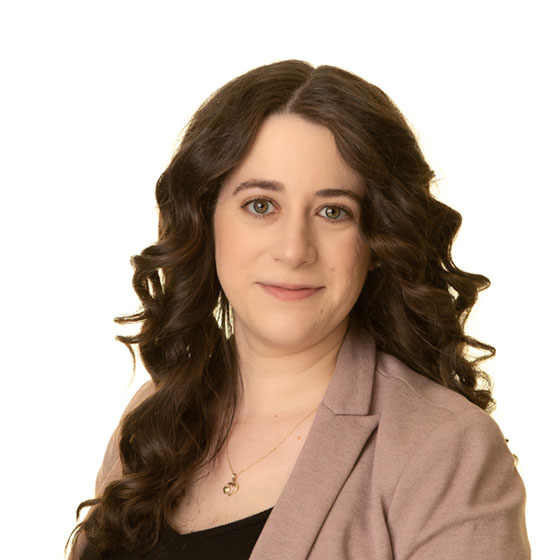
Denise Geiskkovitch
Computing and Software
Robot Design for Young Children
As social robots emerge into environments with young children, recent research highlights that the interactions can lead to negative and inappropriate interactions, like bullying and over-trust.
While robots are being designed and marketed for young children, Geiskkovitch says, there isn’t knowledge of the best way to do so.
By using novel methods for assessing child-robot interaction with preschool-aged children, this research will move the field forward by developing prescriptive frameworks to guide robot design and interaction behaviours to lead to positive outcomes.
It will be the first research program in Canada (and one of the few in the world) to investigate this area. The research will include user-centred workshops, laboratory experiments and field studies to get a better understanding of young children’s expectations of robots’ social components (e.g. friendliness), as well as logistical requirements (e.g. microphone placement) and outcomes (e.g. trust.) of child-robot interaction.
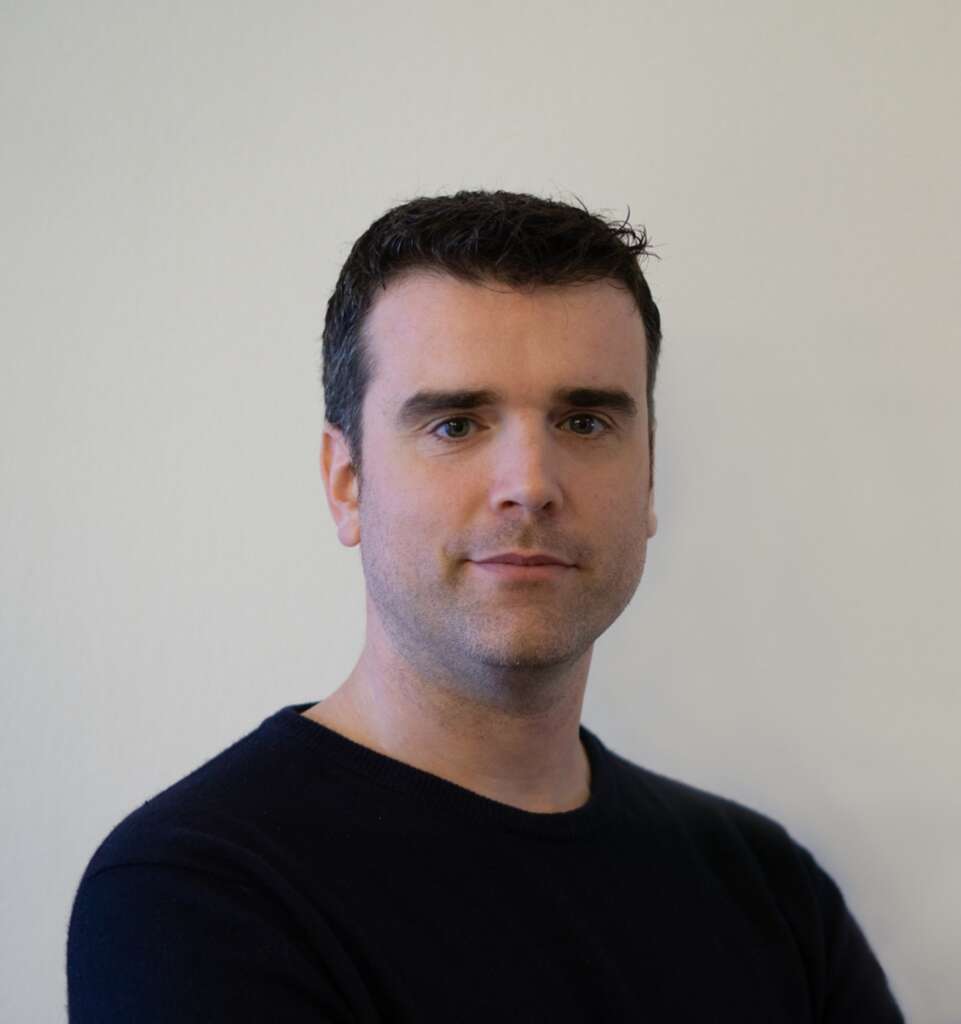
Claudio Menghi
Computing and Software
Automated Support for CyberPhysical Systems Design: from Theory to Practice
Most of our industries – including automotive, energy and healthcare – rely on cyber-physical systems for their daily operations. But CPS design is complex, error-prone and resultantly expensive, and failures can be catastrophic.
Engineers need automated support for CPS design, and despite many successes, there are still many challenges that prevent extensive usage of these techniques in practice.
The research program will support engineers in developing safe CPS by defining novel software engineering solutions while targeting four challenges, including the need for:
- Automated techniques that search and detect flaws in CPS design
- Help in understanding the causes of the problems
- Procedures that automatically translate human artifacts info machine-processable inputs
- Comprehensive tools that support engineers in running different analysis on the CPS design.


